- 注册
- 登录
- 小程序
- APP
- 档案号


构筑空间 · 2023-03-29 14:32:43
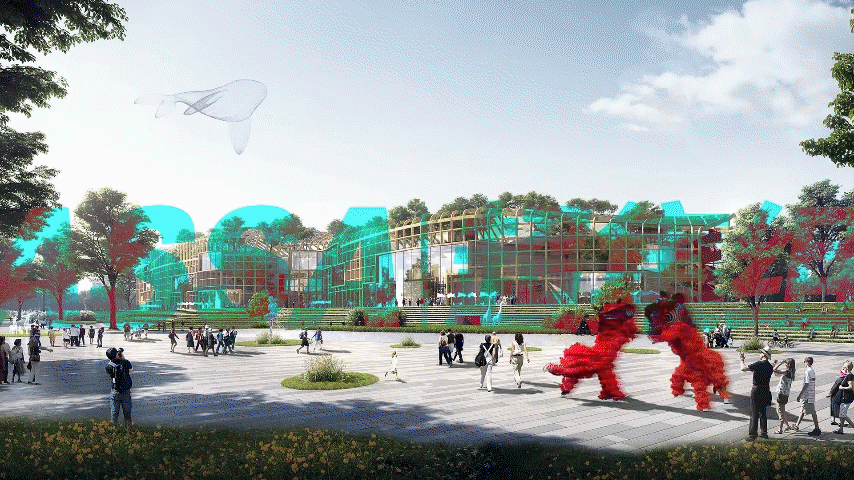
非传统解决方案提供者

“在深圳最典型也最有潜力的"城中村"语境中,探讨一种新建筑类型“场景类型聚构”以迎接来自各方的挑战。”
"IN THE CONTEXT OF SHENZHEN'S UNIQUE AND TYPICAL POTENTIAL "URBAN VILLAGES", A NEW TYPE OF SCENARIO CLUSTERING IS DISCUSSED TO FACE CHALLENGES FROM ALL SIDES."
前言 | FOREWORD
语境 CONTEXT
深圳在"2022年全球金融中心指数"中排名第9位,有超过1000万人口分布在1991平方公里。在高科技、物流、服务业和文化产业方面的进步促成了过去 35 年的人口增长,并被选为中国十佳外籍人士城市之一。众多人士选择深圳作为定居地,是因为这座城市的就业机会以及文化的包容和开放,它甚至被评为2014年中国最具活力城市和最受农民工青睐的城市。
ShenZhen ranks 9th in the "2022 Global Financial Centers Index", with more than 10 million people spread over 1,991 square kilometers. Advances in high technology, logistics, final services and cultural industries have contributed to population growth over the past 35 years and have been selected as one of the top ten cities for expats in China. Many people choose ShenZhen as their place of residence because of the city's employment opportunities and the inclusiveness and openness of its culture. It was even named the most dynamic city in China and the city most favored by migrant workers in 2014.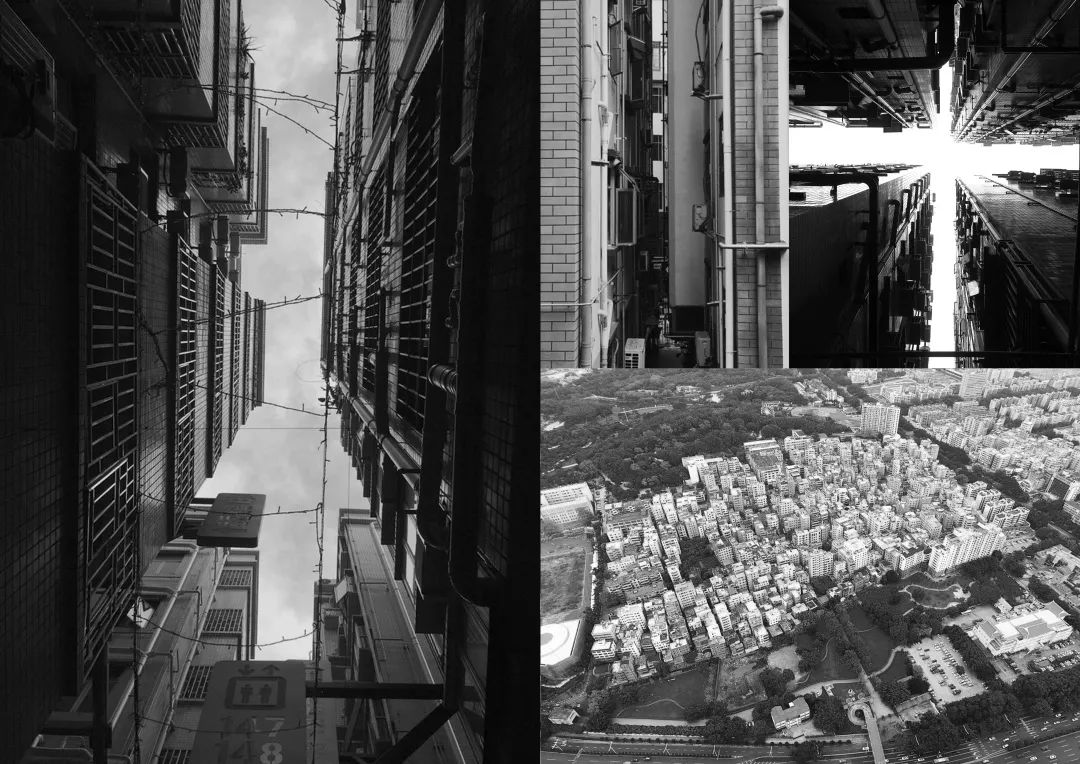
深圳城中村现状©来自网络 Situation©website
不光在深圳,城市化的扩张节奏和方式正影响着中国的年轻群体,房地产业的迅猛,人口的急速扩张,买房成了年轻人生活中最主要的压力来源,这种压力已经开始限制中国未来发展的主要支柱群体的思维方式。
Not only in shenzhen, the pace and method of urbanization are deeply affecting young people in china. With the rapid real estate industry and population expansion, buying a house has become the most important source of pressure in young people's lives. This pressure has already begun. The way of thinking that limits the main pillars of china's future development.
同时以深圳为例的众多一线城市的房产租赁市场还不够完善,住房条件参差不齐,硬件设施和社区条件无法得到保障。尽管有众多长租公寓品牌进驻市场,也带来一些改变,但也大多限制在旧有建筑的格局和类型特点里,无法真正做到完善的公共设施配套和服务。长租公寓,集合住房,或者共享社区等等这一系列的概念,从来不是也不应该仅仅关乎于户型本身,而是应该打破边界,在更广泛的范围内去思考它的系统和价值。
At the same time, the real estate rental market in many first-tier cities such as shenzhen is not perfect, the housing conditions are uneven, and the hardware facilities and community conditions cannot be guaranteed. Although many long-term rental apartment brands have entered the market and brought some changes, most of them are limited in the pattern and type of buildings, and cannot truly achieve complete public facilities and services.A series of concepts such as long-term rental apartments, collective housing, or shared communities have never and should not only be about the apartment type itself, but should break the boundary and think about its system and value in a broader scope.
不光在年轻群体,在国内外的一线城市,在高房价的压力下,社会各个阶层一直在努力达到“住的起”和“住的体面”,作为众多创新和市场行为的大前提,居住环境无法得到保障正在蚕食新一代年轻群体创新,发展的动力。然而解决这一问题不该只关注户型内部,除了有干净的墙面,整洁的卫生间,清爽的软装等等这些基础条件以外,我们更应该看到对于人性尺度的需求的满足。居住环境能够帮助年轻群体达到身体和心理上的双面健康才是我们要达到的目的。这涉及到采光,公共空间,配套服务,运动设施等等一系列的因素的影响。
Not only among young people, but also in first-tier cities at home and abroad, under the pressure of high housing prices, all social strata have been striving to achieve "living affordability" and "living with dignity". As a major prerequisite for many innovations and market behaviors, living the inability to guarantee the environment is eroding the driving force for innovation and development of the new generation of young people. However, to solve this problem, we should not only focus on the interior of the apartment. In addition to the basic conditions such as clean walls, tidy bathrooms, and refreshing soft furnishings, we should also see the satisfaction of the needs of human scale. A living environment that can help young people achieve both physical and psychological health is what we want to achieve. This involves a series of factors such as lighting, public space, supporting services, sports facilities and so on.

深圳城中村现状©来自网络 Situation©website
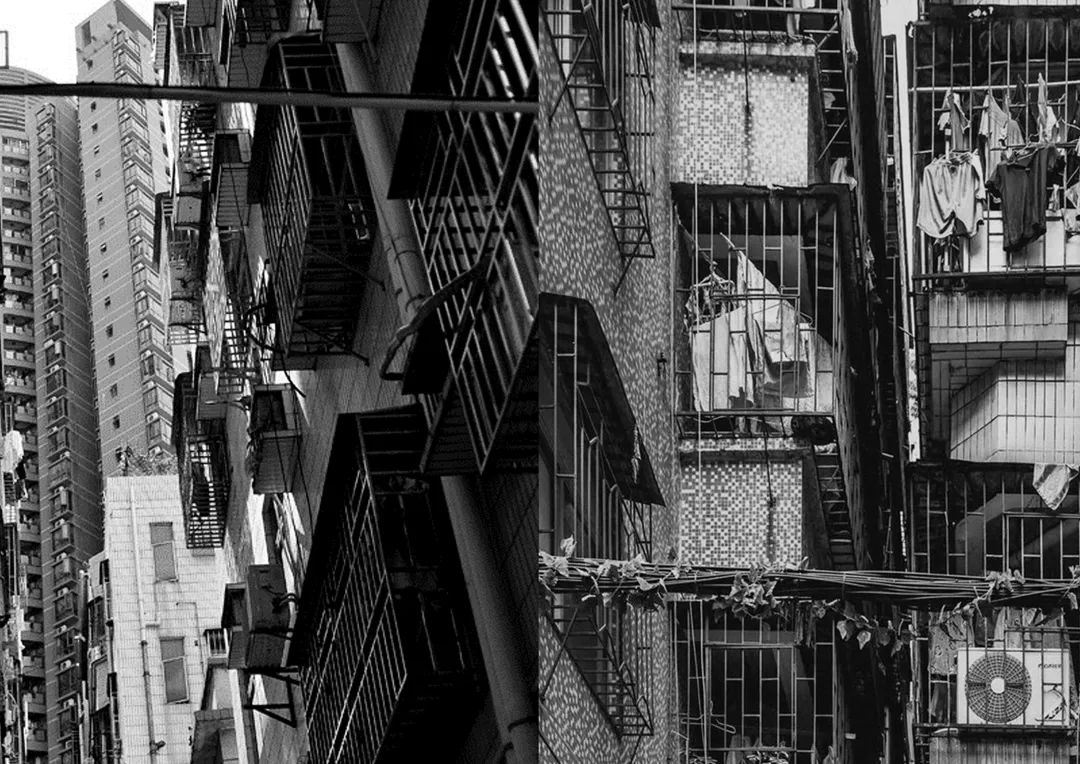
深圳城中村现状©来自网络 Situation©website
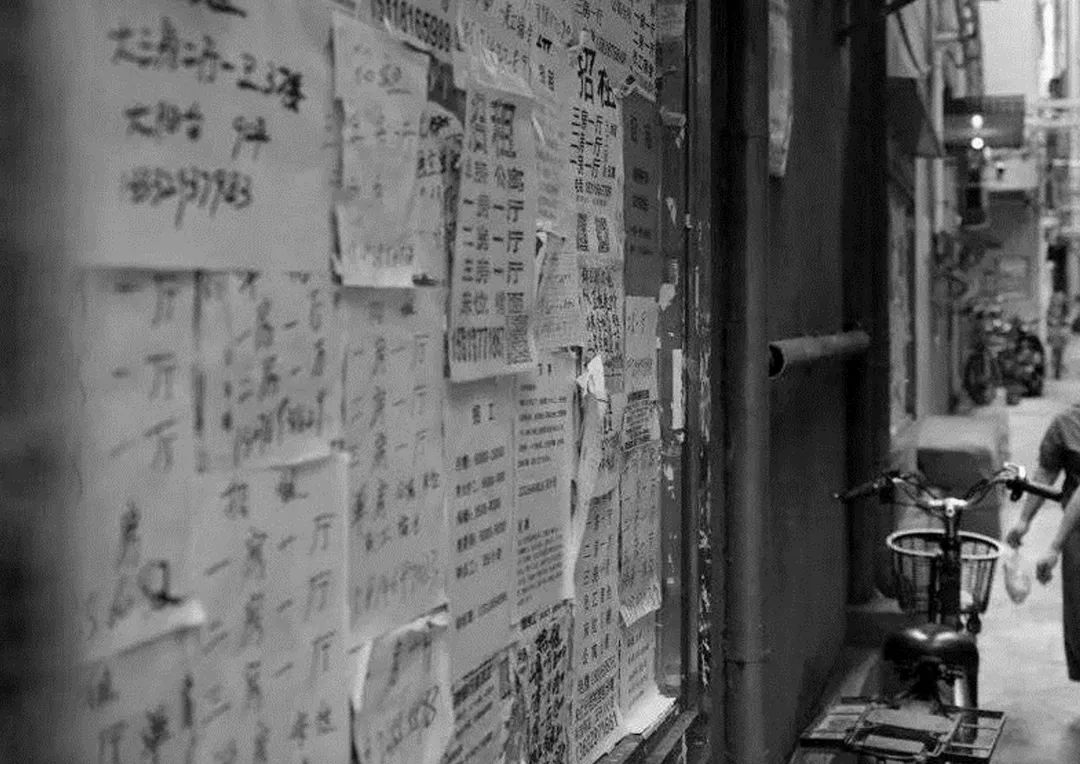
深圳城中村现状©来自网络 Situation©website
无论是每年全国大量涌入社会的高校毕业生,还是已经工作几年有了一定积累的年轻群体,在高昂的房价压力下,不得不通过房屋租赁市场来解决住房问题。他们大部分拥有较高的教育程度,自主创业或者从事相对新兴的职业,相对开放的思维,让他们对居住环境的要求从能够满足生活基本条件,变成开始期望能有更符合其职业特征和社交需求的一系列功能设定。
因此,相对于上一代更多追寻私密性的集合住房产品,能够拥有大量知识分享,时间分享,社交属性更强的公共空间的居住环境更能符合青年群体的生活期许。因此,在集约的城市用地下,如何打造一种新型的共享社区成了本次我们尝试的主题。
The life demands of the changing contemporary young peoplewhether it is a large number of college graduates who flood into the society every year, or a young group who has worked for several years and has accumulated a certain amount of money, under the pressure of high housing prices, they have to solve the housing problem through the housing rental market. Most of them have a high level of education, start their own businesses or engage in relatively new occupations, and have a relatively open mind, so that their requirements for the living environment have changed from meeting the basic living conditions to starting to expect to be more in line with their occupational characteristics and a series of functional settings for social needs. Therefore, compared with the previous generation of collective housing products that pursued more privacy, the living environment of public spaces that can have a lot of knowledge sharing, time sharing, and social attributes is more in line with the life expectations of young people. Therefore, in the intensive urban underground, how to create a new type of shared community has become the theme of our attempt this time.
愿景 |VISION
转型 TRANSFORMATION
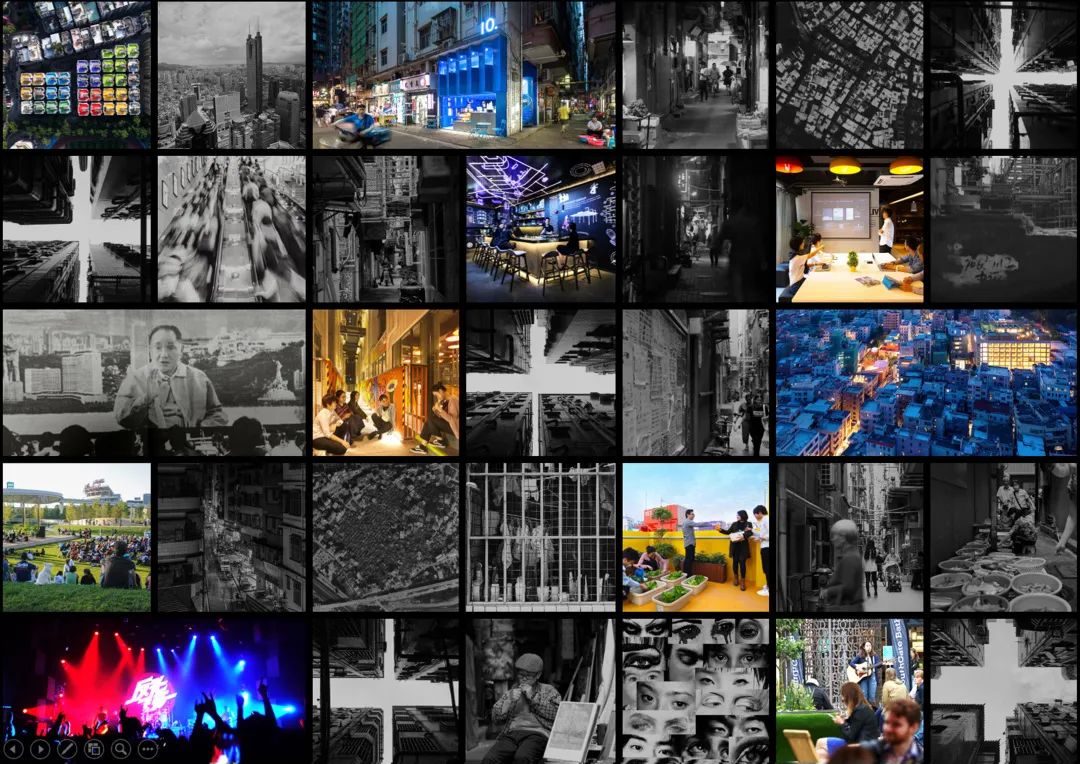
当地语境下发生改变的诉求Demands for change in the local context©ASSA超集组
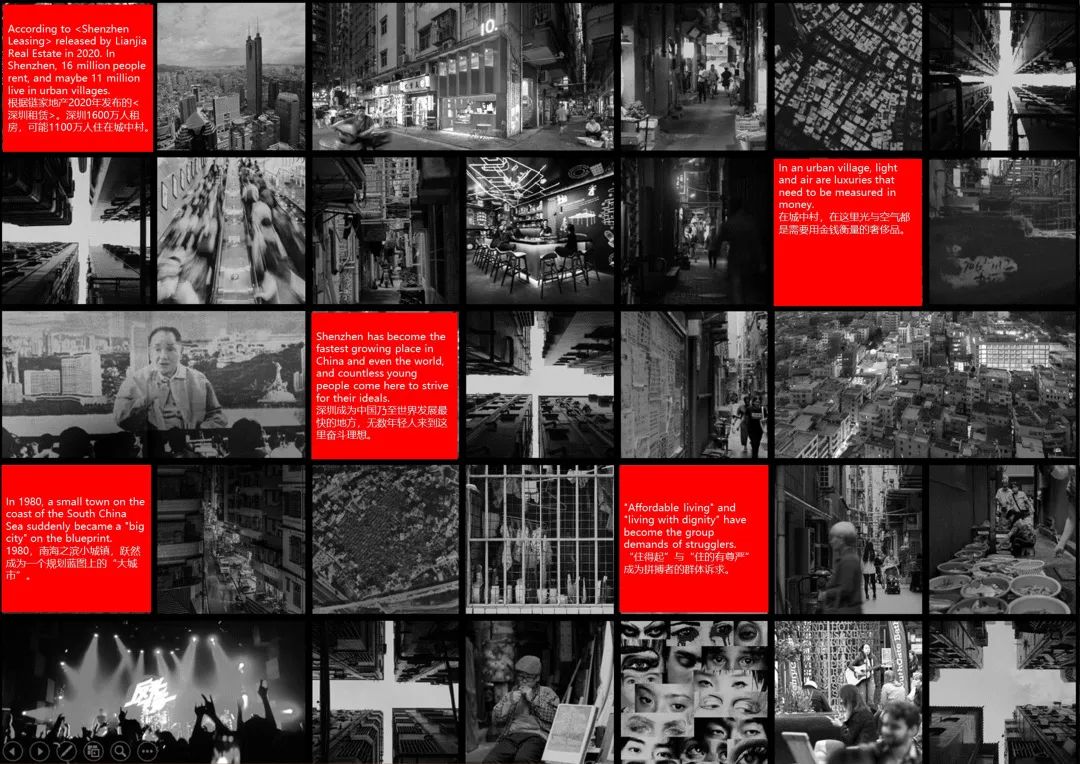
当代诉求与现实空间的冲突The conflict between contemporary demands and real space©ASSA超集组
对一种新型社区的诉求仅仅来源于租户个体吗?我们还应该看到另外一群潜在“用户”,比如文化机构正在从孤独的占据一片“岛屿”变到更加渗透到我们的生活环境,他们开始通过创造各种学习机会和活动来增加跟社区与公众的接触频率。画廊也开始尝试转变自己的身份和态度,从更大更集中的规模转而向更小更社区渗透的规模转型,更高频的参与到社区家庭的成长中。
For A new type of community only come from individual tenants? We should also see another group of potential "users". For example, cultural institutions are becoming more infiltrated into our living environment from occupying an "island" alone, and they are beginning to increase the frequency of contact with the community and the public by creating various learning opportunities and activities. Galleries have also begun to try to change their identities and attitudes, from A larger and more centralized scale to A smaller and more community-penetrated scale, and to participate more frequently in the growth of community families.
这些趋势将文化服务等等功能类型或者说机构定位成了我们日常生活中不可或缺的一部分,进一步的影响了我们与他人分享文化和知识的方式,这也意味着,作为容纳这种可能性的容器,我们应该跳出传统的公寓或者住房类型,重新思考我们现在集合住房或者共享社区的“形象”。
These trends position functional types or institutions such as cultural services as an integral part of our daily lives, further influencing the way we share culture and knowledge with others, which also means that as a way to accommodate this possibility as a container, we should jump out of the traditional apartment or housing type and rethink our current “image” of collective housing or shared community.
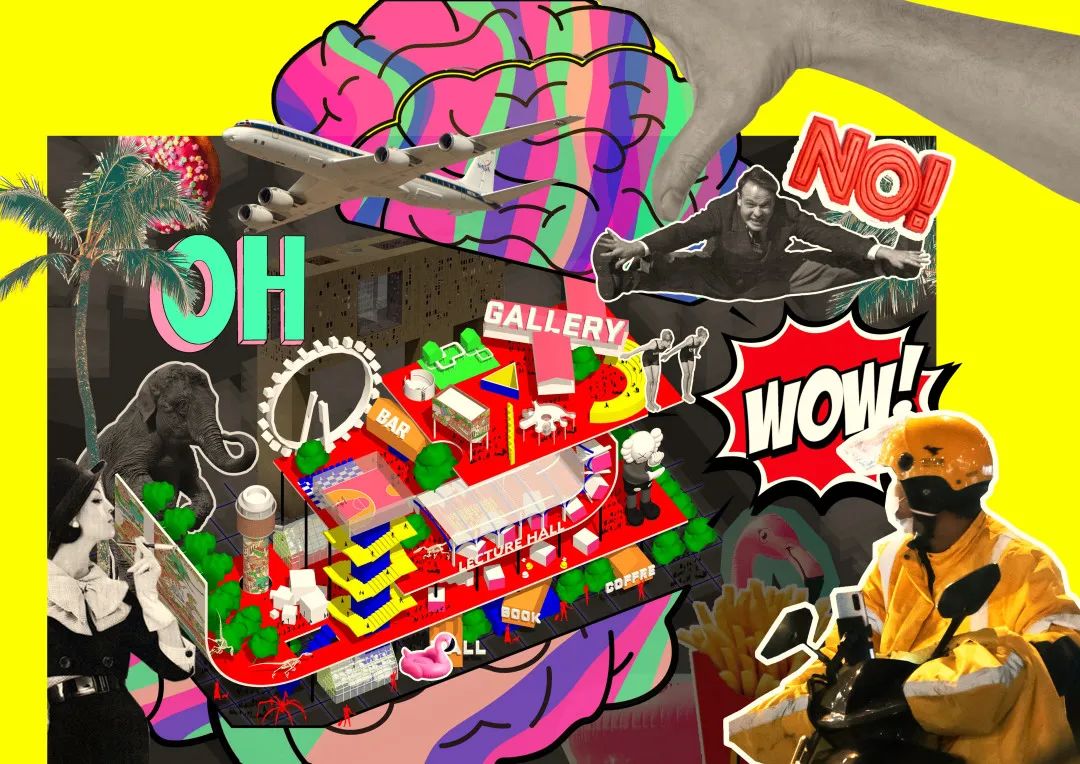
使用者导向的空间诉求 User-oriented spatial demands©ASSA超集组
以往通过老建筑改造或者基于传统的公寓类型新建的集合住房产品具有很大的局限性,让位于不同社会结构中的不同用户,无法达到真正的分享和协同。当下的充满未知的生活也让我们开始重新思考学习和工作环境从性质上的改变,当彼此之间的边界开始变得模糊的时候,我们也需要让居住环境跟着一起适应。
In the past, the integrated housing products built through the renovation of old buildings or based on traditional apartment types have great limitations, giving way to different users in different social structures, and cannot achieve true sharing and collaboration. The blessing of the epidemic has also made us begin to rethink the qualitative changes in the learning and working environment. When the boundaries between each other begin to blur, we also need to adapt the living environment together.
类型学|TYPOLOGICAL
场景类型聚构
SCENARIO-TYPE CLUSTER
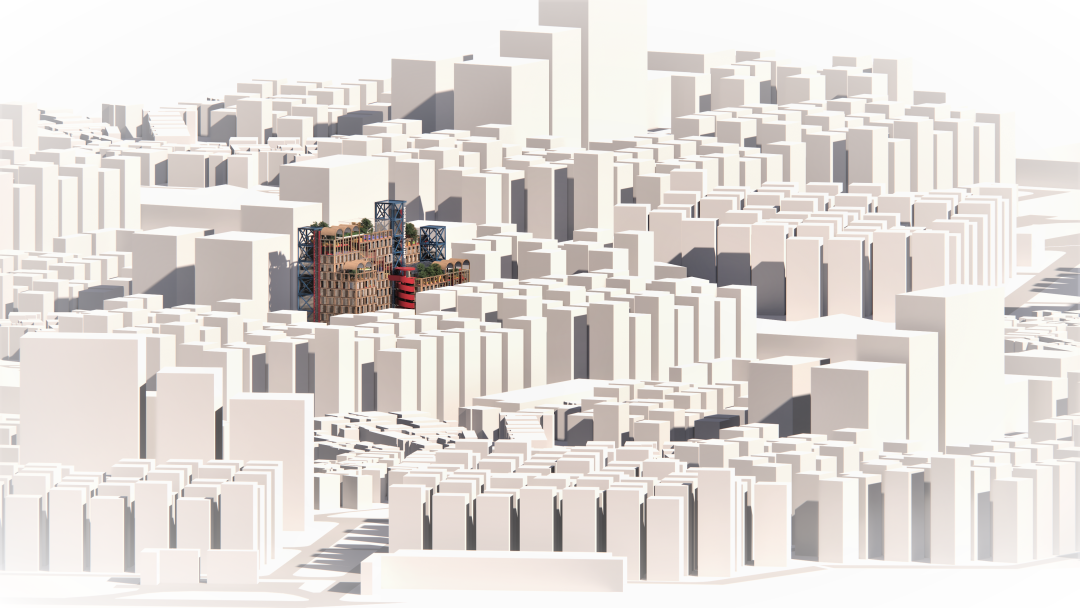
高密度的建筑肌理下新型的城市社区A new type of urban community under the high-density building texture©ASSA超集组
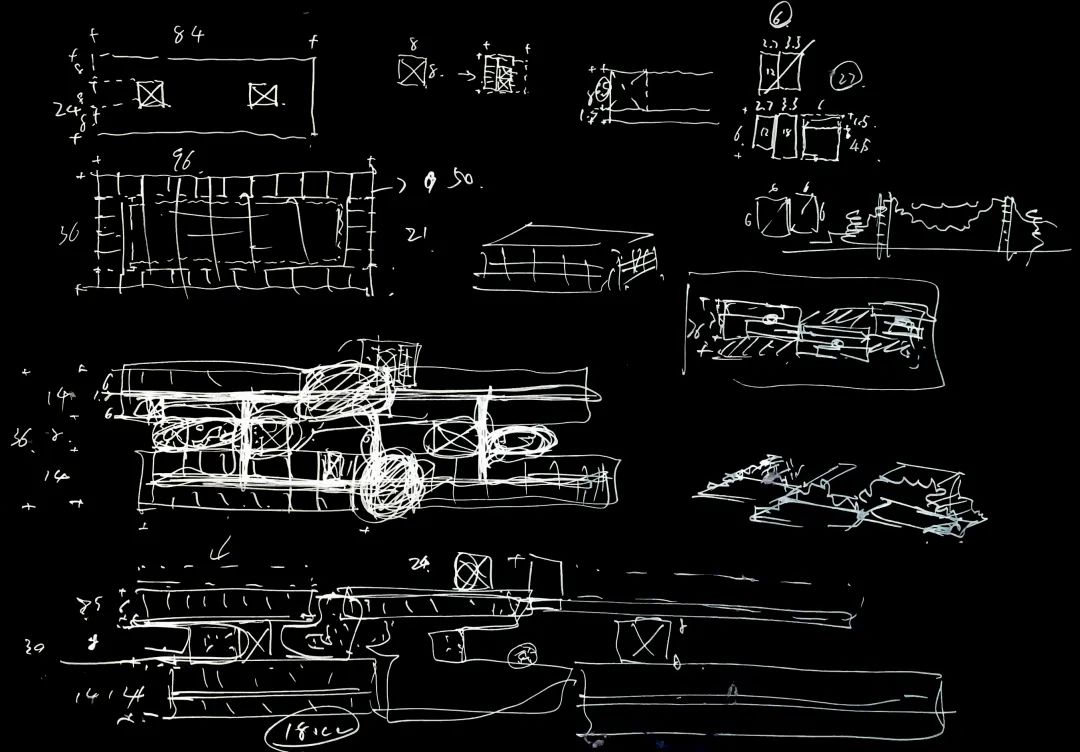
方案构思Sketch©ASSA超集组
"让我们想象...
一种新型的城市社区,无论从技术上还是从建筑类型上,它开始改变自身的身份和态度,考虑长期的价值。态度上不光关注自身,同时跟周边社区也联系更紧密,更加开放包容,类型学上更加灵活适应,比起仅仅是一系列楼板的堆叠,它更能通过自身的类型学智慧来对不断变化的潜在使用者和他们的诉求进行适配,具有更高频的社会参与性和渗透性。"
"Let's Imagine...
A new type of urban community that begins to change its identity and attitude, both technically and architecturally, to consider long-term values. Attitudes are not only concerned with themselves, but also more closely connected with the surrounding community, It is more open and inclusive, and it is more flexible and adaptable in typology. Compared with just stacking a series of floor slabs, it can adapt to changing potential users and their demands through its own typological wisdom. social participation and penetration.”

“加家加”计划重新激活并与周边复杂的公共空间、道路、公园缝合在一起The "Home+" plan is reactivated and stitched together with the surrounding complex public spaces, roads and parks©ASSA超集组
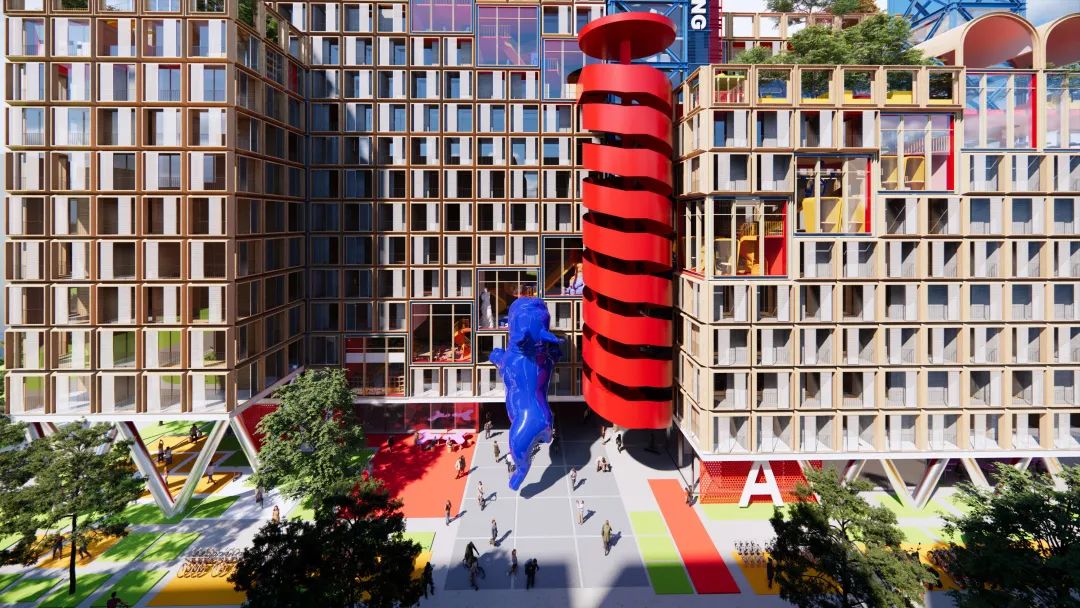
“加家加”希望成为实验性和协作性的多样化社区模板“Home+” wants to be an experimental and collaborative template for diverse communities©ASSA超集组
当我们审视并试图重新看待集合住房或者“共享居住”的概念时候,考虑到我们生活环境中正在发生的潜在的不同层面的协作的机会,我们可能要跳出固有的居住类型,去借鉴其他建筑类型的一些类型学上的特点。比如正在变化的办公或者教育型建筑/知识型建筑。我既可以整合多种不同的服务,又可以适应用户不同的生活模式。
As we look at and try to revisit the concept of collective housing or "shared living", we may have to look beyond the built-in typology of dwellings to borrow from other building typologies, given the potential opportunities for collaboration on different levels that are taking place in our living environment. some typological features. Such as changing office or educational buildings/knowledge buildings. I can integrate many different services and adapt to the different life patterns of users.

建筑成为展示生活的剧场Architecture becomes a theatre of life©ASSA超集组

“加家加”用空间的智慧性增加空间的使用率"Home+" uses the wisdom of space to increase the utilization rate of space©ASSA超集组
我们开始思考除去塔楼和板楼,其他类型例如带有中庭系统的进深更大的建筑类型能带来什么好处。比如我们对待公共区域的态度不再是遗留下来的灰色空间重新利用起来,而是从开始便把它们看做一套非常重要的单元,然后将其组成一套系统,再围绕这个公区系统去设计我们的居住“蜂巢”,能为我们带来什么样的改变。
We started thinking about the benefits of other typologies such as deeper building types with atrium systems in addition to towers and slabs. For example, our attitude towards public areas is no longer to reuse the gray space left over, but to regard them as a set of very important units from the beginning, and then form a system, and then revolve around this public area system To design our living "hive", what kind of revision can it bring us.
以上为深圳“加家加”极小共享住宅上篇,中篇待续...
The first part of the above "MTH" , the second part is to be continued...

WEBSITE: ASSAGROUP.TOP
CONTACT:13001102629 ; 15022109578
E-MAIL:ASSA_GROUP@163.COM
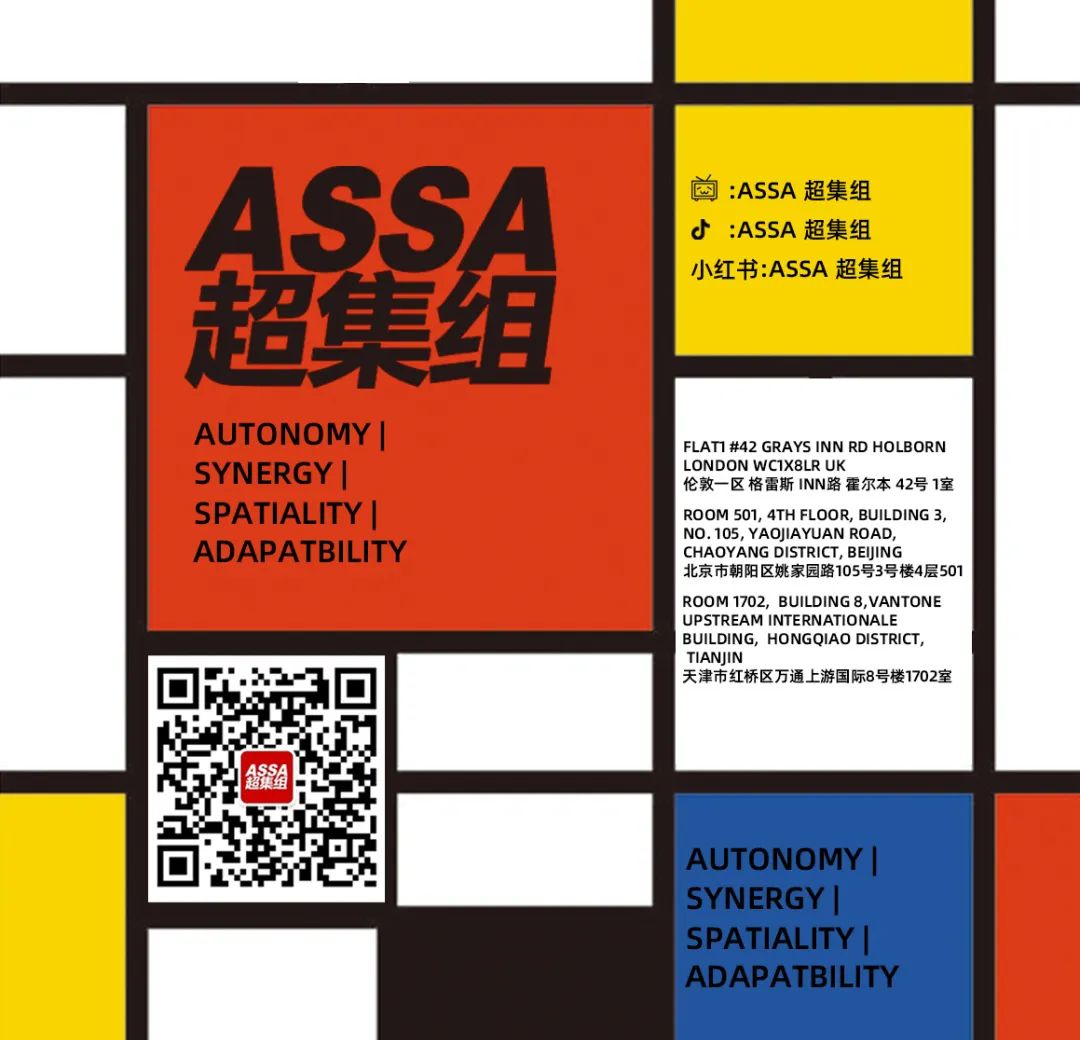
特别声明
本文为自媒体、作者等档案号在建筑档案上传并发布,仅代表作者观点,不代表建筑档案的观点或立场,建筑档案仅提供信息发布平台。
16
好文章需要你的鼓励

 参与评论
参与评论
请回复有价值的信息,无意义的评论将很快被删除,账号将被禁止发言。
 评论区
评论区